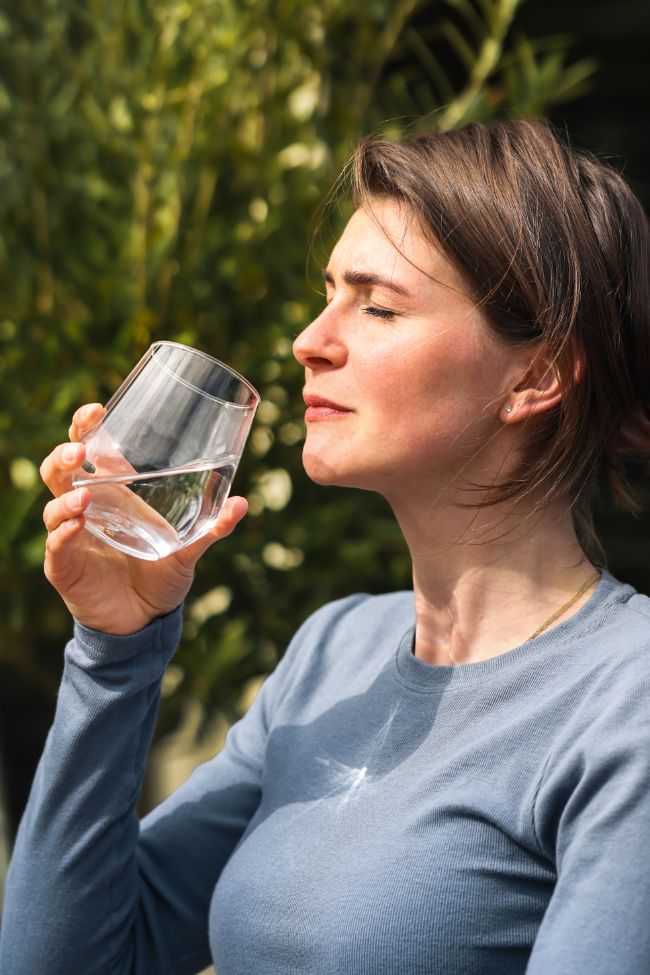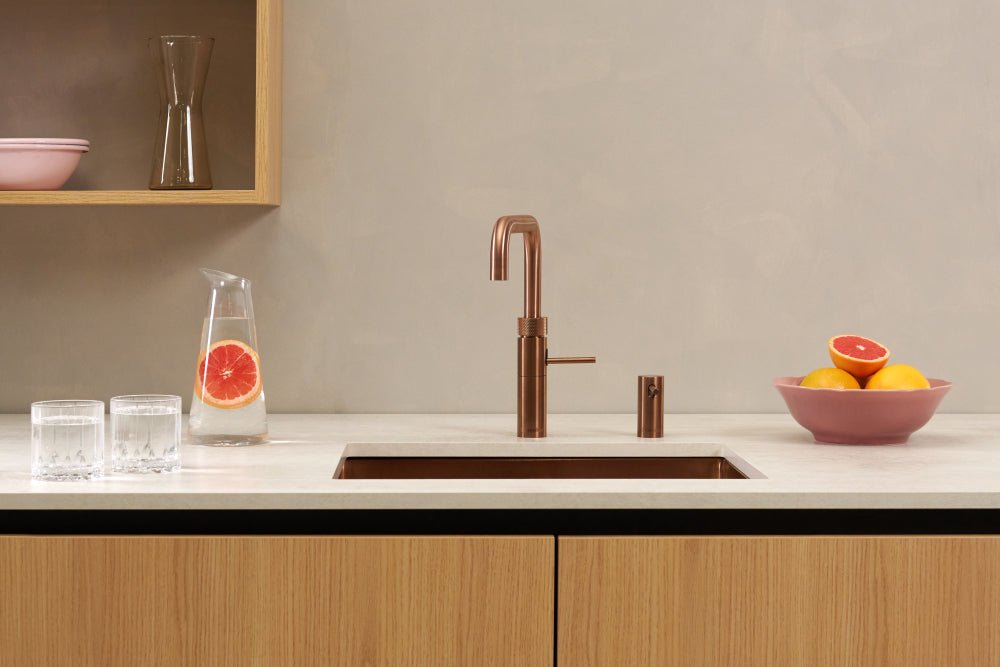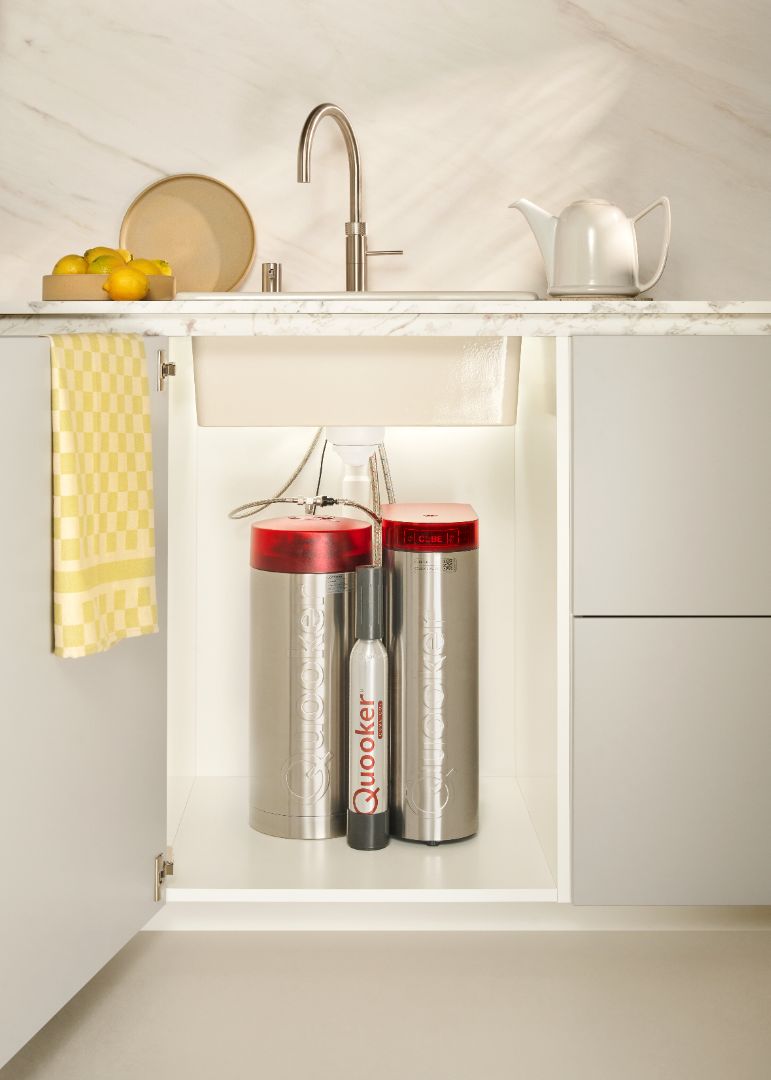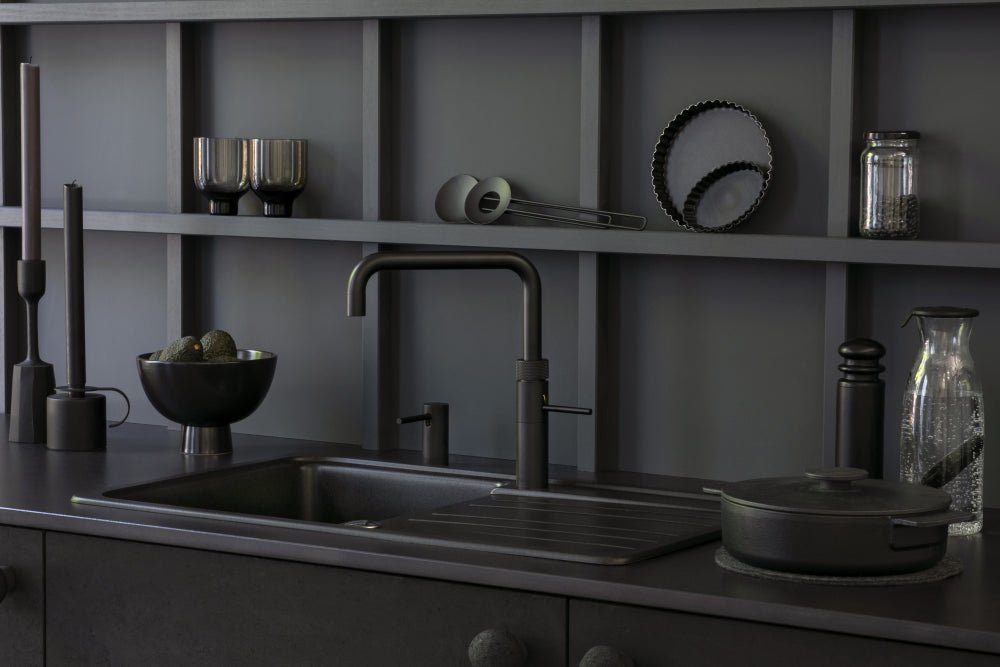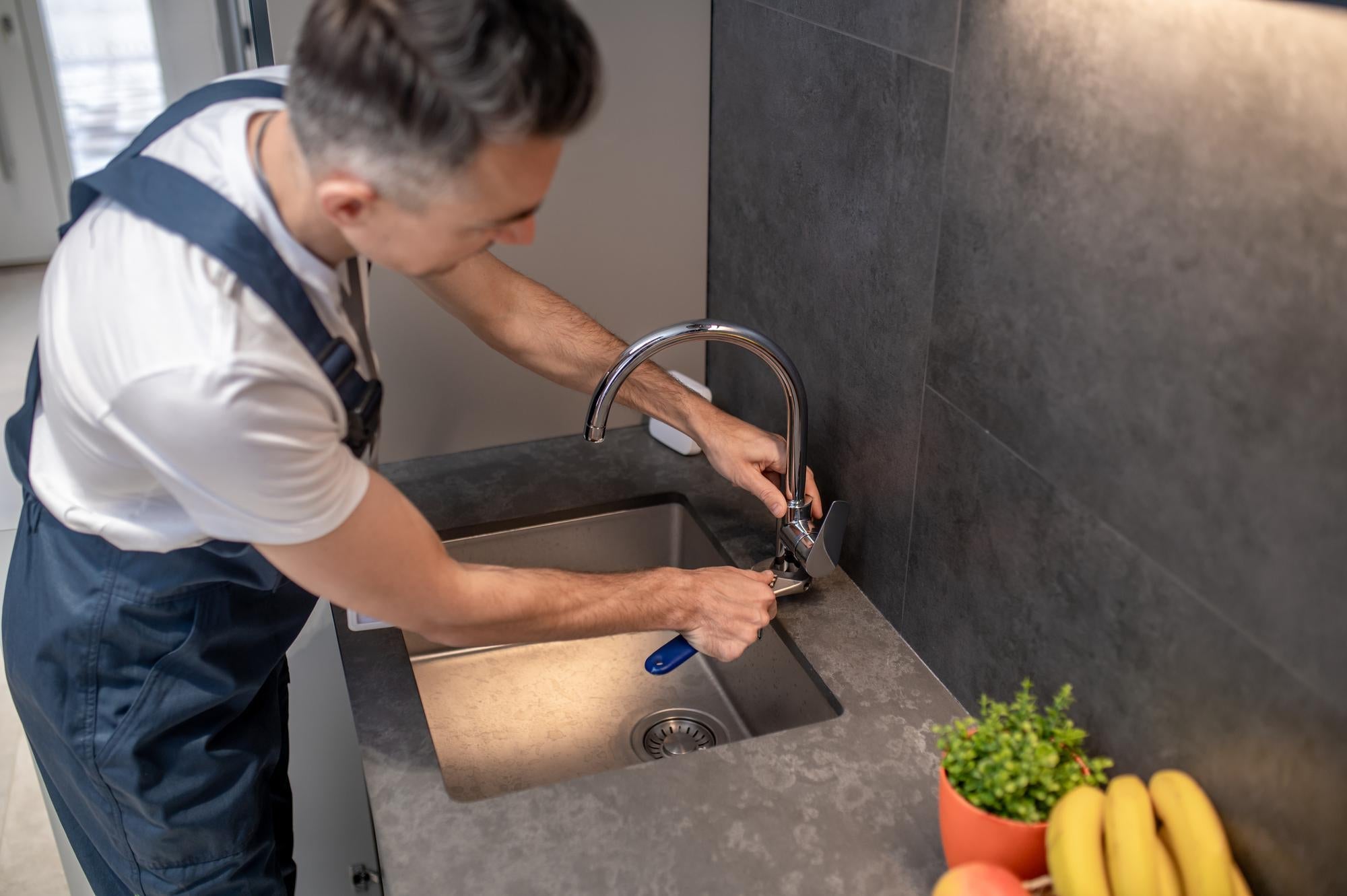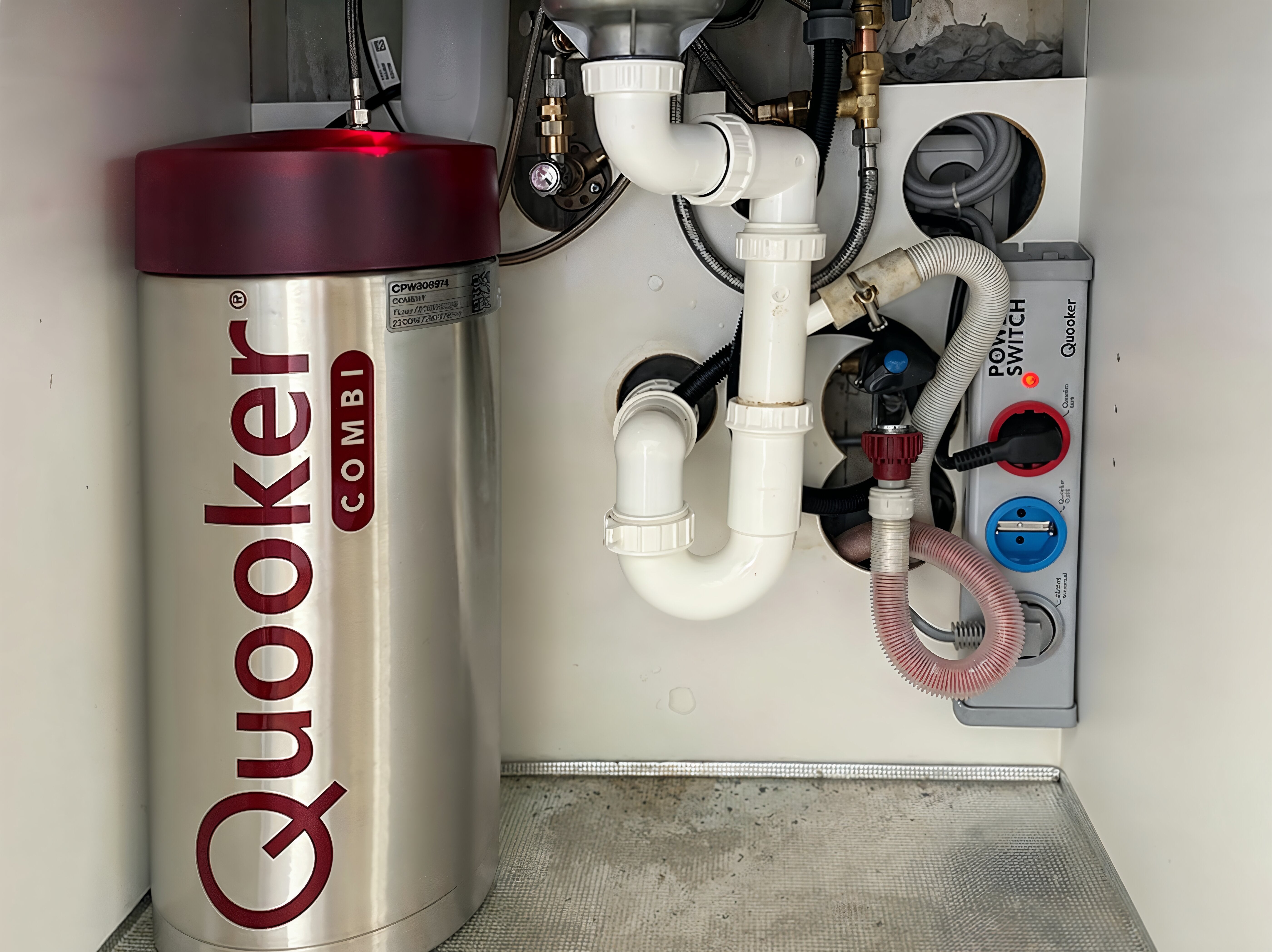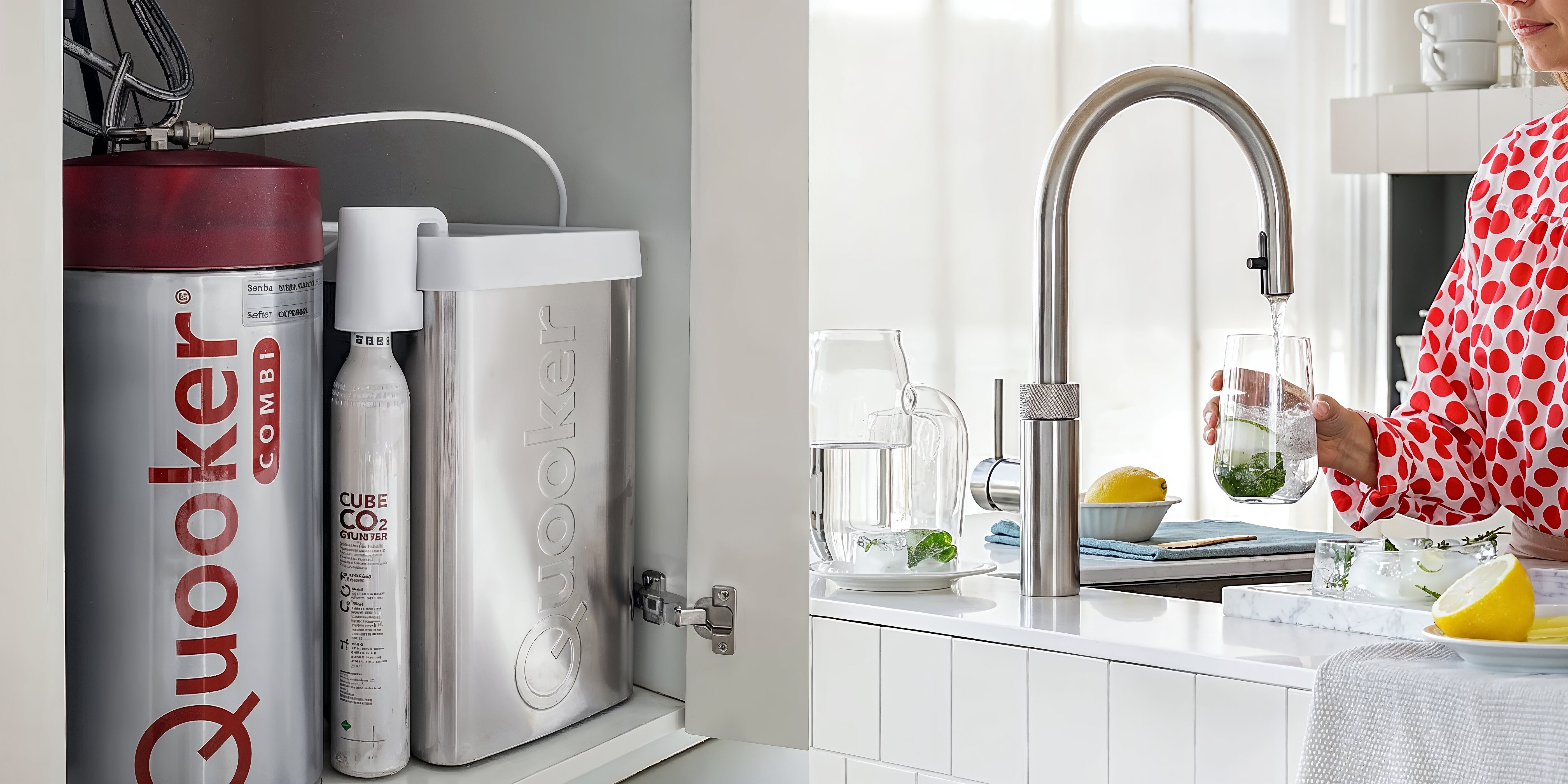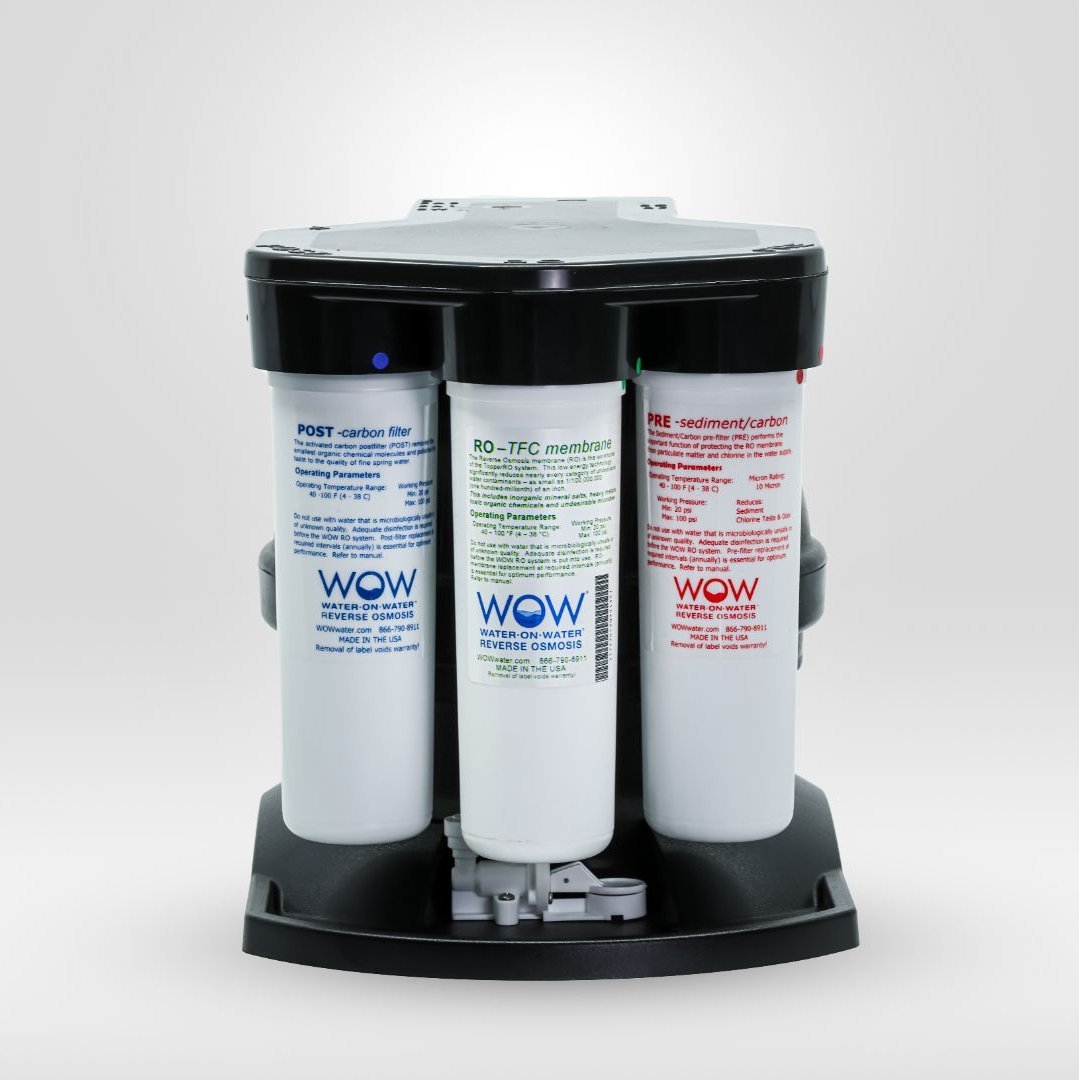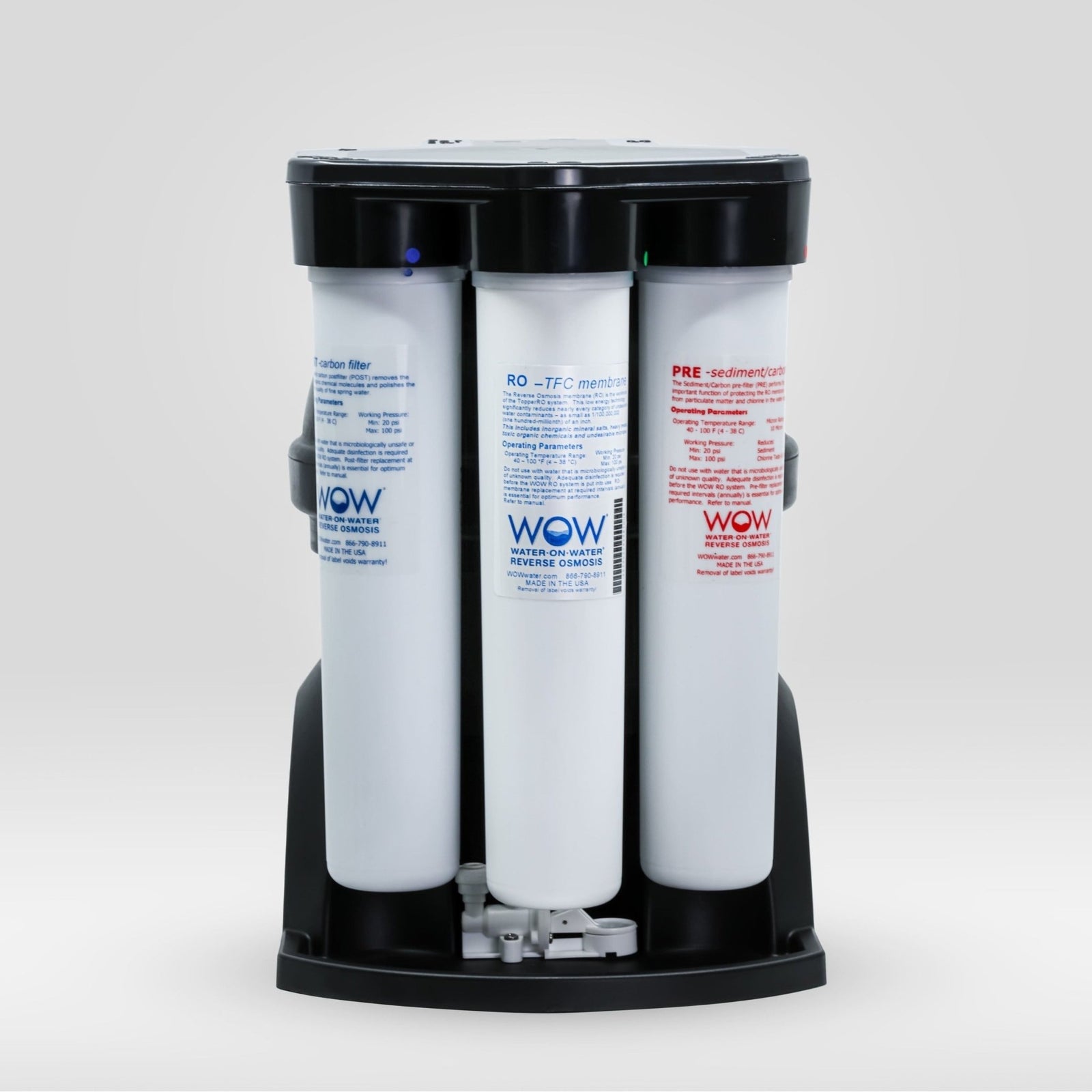Yes, you can prevent limescale buildup in your kettle by using filtered water, particularly water treated with reverse osmosis technology. This method removes up to 99% of minerals like calcium and magnesium that cause limescale. Other preventative measures include regularly emptying the kettle and not letting water sit after use.
Why does limescale build up in my kettle?
Limescale in kettles is caused by the presence of minerals in hard water , primarily calcium and magnesium salts. When water is heated, some of it evaporates, leaving these minerals as white, chalky deposits on the bottom and sides of your kettle.
This process accelerates significantly when heated because the solubility of these minerals decreases at higher temperatures. The heating element of your kettle acts like a magnet for these minerals, causing the most limescale to accumulate there. This explains why kettles calcify faster than other appliances that use cold water.
Water hardness varies considerably by region in the Netherlands. In areas with a high level of limestone in the soil, such as parts of Limburg and North Brabant, tap water naturally contains more calcium and magnesium. This results in a water hardness of 14 German degrees of hardness (°dH) or higher. In other parts of the country, particularly where surface water is used, the hardness is around 8°dH.
How do I prevent limescale build-up in my kettle?
The most effective way to prevent limescale buildup is to use water treated with reverse osmosis technology . This advanced filter method removes up to 99% of all dissolved minerals, including the calcium and magnesium salts responsible for limescale formation.
Besides using filtered water, there are several practical measures you can take:
- Empty the kettle immediately after use and do not leave any water standing
- Fill only the required amount of water for immediate use
- Rinse the kettle daily with clean water
- Dry the inside with a soft cloth after use.
- Use room temperature water instead of cold tap water
A home water filter system offers a structural solution. By purifying the water at the source, you not only prevent limescale buildup in your kettle but also protect other household appliances like your coffee maker, steam iron, and dishwasher.
Which water filters help against limescale in appliances?
Not all water filters are equally effective against limescale. Standard carbon filters, such as those used in water jugs, primarily improve taste and odor but hardly remove any minerals. For true limescale prevention, you need more advanced technology.
| Filter type | Effectiveness against limescale | Advantages | Disadvantages |
|---|---|---|---|
| Reverse osmosis | 95-99% | Removes virtually all minerals, bacteria and impurities | Higher purchase costs |
| Ion exchanger | 80-90% | Specifically aimed at calcium and magnesium | Regular regeneration required with salt |
| Carbon filter | 0-5% | Improves taste and smell | No effect on minerals |
| Polyphosphate filter | 40-60% | Prevents limescale deposits | Adds chemicals to water |
Reverse osmosis systems are superior because they remove not only calcium and magnesium, but also other unwanted substances such as pharmaceutical residues, PFAS, pesticides, and microplastics. This results in spring-quality water that not only protects your appliances but is also healthier to drink.
For household appliances, this means: no more limescale buildup in your kettle, a longer lifespan for your coffee machine, cleaner steam vents in your iron, and less maintenance for your dishwasher and washing machine.
What are the benefits of limescale-free water for my kettle?
Limescale-free water significantly extends the life of your kettle. Without limescale, the heating element continues to function efficiently, resulting in faster heat-up times and up to 30% lower energy consumption. A clean, limescale-free kettle boils water faster because heat transfer isn't impeded by insulating layers of limescale.
The flavor benefits are immediately noticeable. Tea develops a richer, fuller flavor without the bitter aftertaste that limescale can cause. Coffee tastes cleaner, and its natural aromas are more pronounced. Even a simple glass of water tastes fresher and smoother.
Practical advantages of lime-free water:
- No more white flakes in your tea or coffee
- Kettle stays shiny clean on the inside
- No more regular descaling required
- Quieter operation due to the absence of lime particles
- More constant water temperature for optimal tea and coffee preparation
Financially, you'll save considerably in the long run. A limescale-free kettle lasts two to three times longer on average. Add to that the savings on descaling agents, lower energy costs, and less frequent replacement of other appliances, and the investment in water purification will quickly pay for itself.
How do I maintain my kettle when using filtered water?
Filtered water makes maintaining your kettle considerably easier. Instead of monthly descaling, a thorough cleaning once a quarter is sufficient. This not only saves time but also extends the lifespan of your appliance.
Basic maintenance consists of these simple steps:
- Rinse the kettle daily with freshly filtered water
- Wipe the outside weekly with a damp cloth
- Check the heating element monthly for any deposits
- Clean thoroughly every quarter with warm water and a soft brush
Even when using purified water, some monitoring remains important. Although reverse osmosis removes up to 99% of minerals, small amounts can still accumulate over time. A TDS meter (Total Dissolved Solids) helps you monitor water quality and take timely action if filter efficiency diminishes.
Pay particular attention to these signs that maintenance is required: longer than normal boil times, unusual sounds during boiling, or a change in the taste of the water. With filtered water, these signs will occur much less frequently, but vigilance remains important for optimal performance of your kettle.
By investing in a high-quality water filter system with reverse osmosis technology, you'll not only enjoy purer drinking water but also protect all your appliances from limescale buildup. This combination of source prevention and minimal maintenance ensures years of trouble-free use of your kettle, maintaining optimal performance and the best taste for all your hot drinks.
